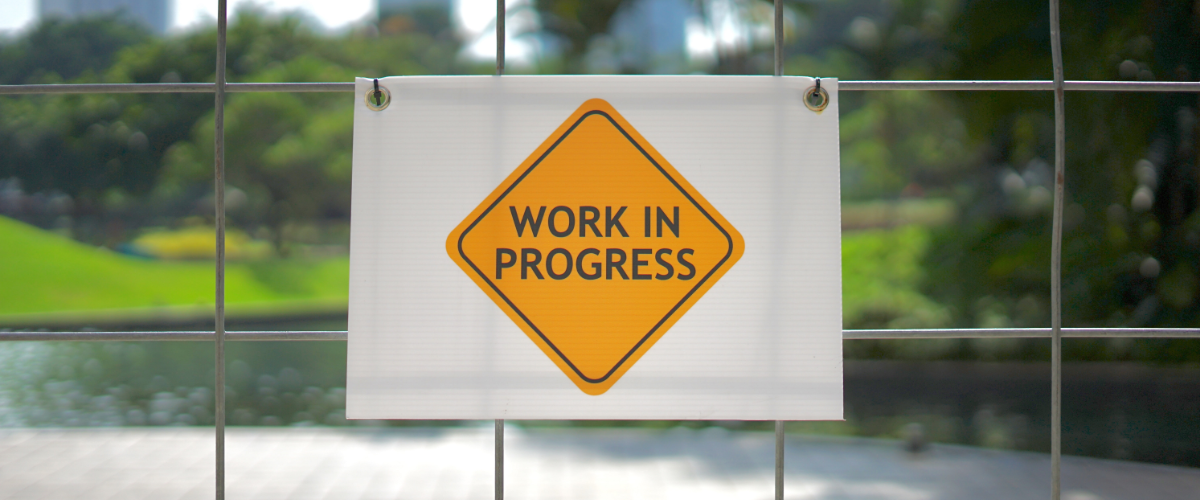A zoning bylaw controls the use of land in your community. It states exactly:
• How land may be used
• Where buildings and other structures can be located
• The types of buildings that are permitted and how they may be used
• Lot sizes and dimensions, parking requirements, building heights and setbacks from the street
A zoning bylaw is different from an official plan in many ways. An official plan sets out your municipality’s general policies for future land use. A zoning bylaw puts the plan into effect and provides for its day-to-day administration. The zoning bylaw has specific requirements that are legally enforceable. When there is construction that does not comply with a zoning bylaw, the municipality will refuse to issue a building permit.
Many municipalities have a comprehensive zoning bylaw that divides the municipality into different land use zones, with detailed maps. The bylaw breaks these zones down into specific permitted uses; examples include commercial and residential zones. The zoning bylaw then goes further to add required standards in each zone. Examples of this would be building size, setbacks from the street, building use and others.
Why should your City have one?
A zoning bylaw is the document that implements the objectives and policies of a municipality’s official plan. It is the actionable, everyday document, whereas the official plan as the “big picture” outline for the future of your municipality. The zoning bylaw provides a legal way of managing land use and future development in a very specific way.
In addition to the official plan, the zoning bylaw is the document that is best known for protecting citizens from conflicting uses. The zoning bylaw is the main reason you don’t have a chemical plant abutting your neighbourhood school or a garbage processing plants abutting new residential developments. It is meant to separate land uses for the safety and well-being of the public. It also helps create a more functional municipality by clumping common uses and businesses to make areas more symbiotic.
How is it made? Who creates this document?
Before council passes a zoning bylaw, it must release to the public as much information as possible. There must also be at least one public meeting before a bylaw is passed and everyone who attends the meeting must have a chance to speak. Notice of this meeting must be given at least 20 days in advance, either through local newspapers or by mail and posted notice.
An open house information session is also required to take place when there is a bylaw that is being brought into conformity with an official plan. A municipality is required to update its zoning bylaws no less than three years after the approval of an official plan update. The pubic is advised to share their views early in the
planning process by making an oral submission at the public meeting or by sending a letter to council before it passes the bylaw. A public member will not be entitled to appeal the bylaw after it is passed, unless there has been recorded action from their end, during the planning process.
Local councils may also consult with qualified agencies before they make a decision. After hearing everyone’s concerns, council may decide to pass, change or reject the proposed bylaw. If council decides to make changes, it may also decide to hold another public meeting. Once council has passed the bylaw, it must give notice of the bylaw’s passing within 15 days. Any person or public body that meets certain requirements may appeal to the LPAT (Local Planning Appeal Tribunal) by filing a notice of appeal with the municipal clerk; the appeal must take place within 20 days after the official notice of the passing of the bylaw is given. The appeal must set out the reasons why the appellant believes the council’s decision is inconsistent, does not conform or conflicts with provincial policy or plans, or does not conform with the official plan. The fee required by the LPAT must be paid at the same time.
How can you get involved?
If you have concerns about a proposed zoning bylaw or amendment that may affect you, you should:
• find out as much as possible about the proposed bylaw and how it affects your property
• go to scheduled information sessions, including open houses and public meetings, to give your opinions
• discuss the proposal with municipal staff and your ward’s council members
• Make a written submission and/or a delegation to council regarding the issue.
If you have any concerns, you should make sure that you let council know about them early in the process. Council will then have time to consider your feedback and may request staff to look into the possible changes before the bylaw is passed.
For more information or to contact Suzanne Mammel 905-575-3344, info@hhhba.ca; www.hhhba.ca


